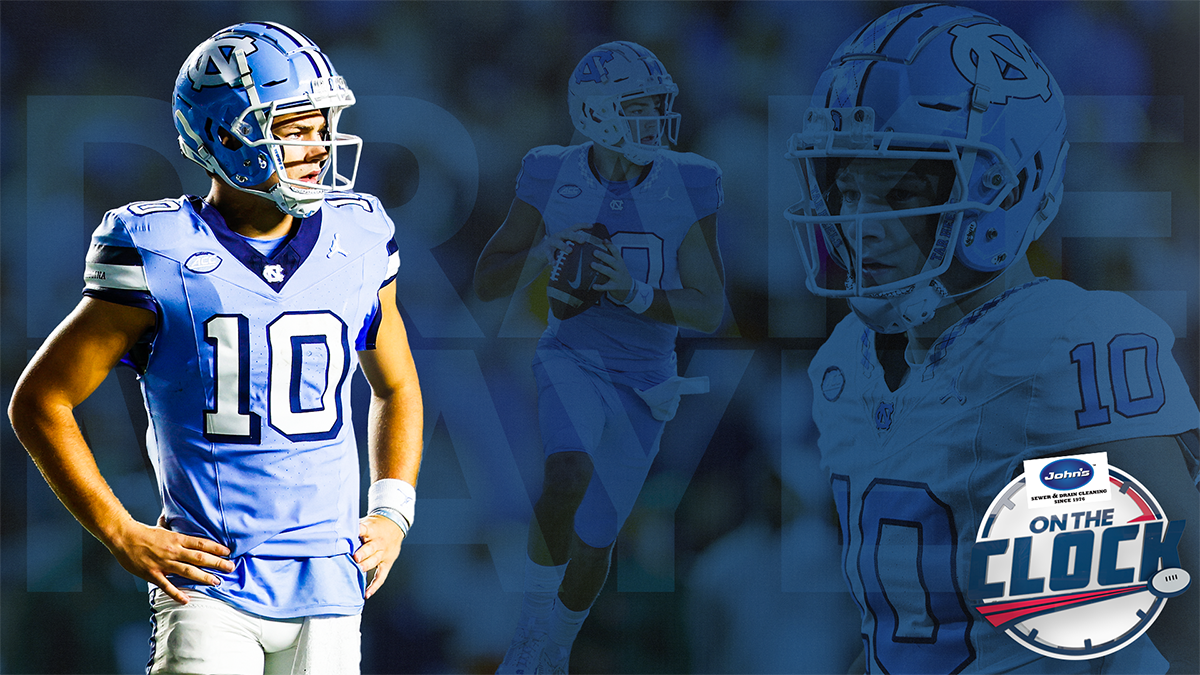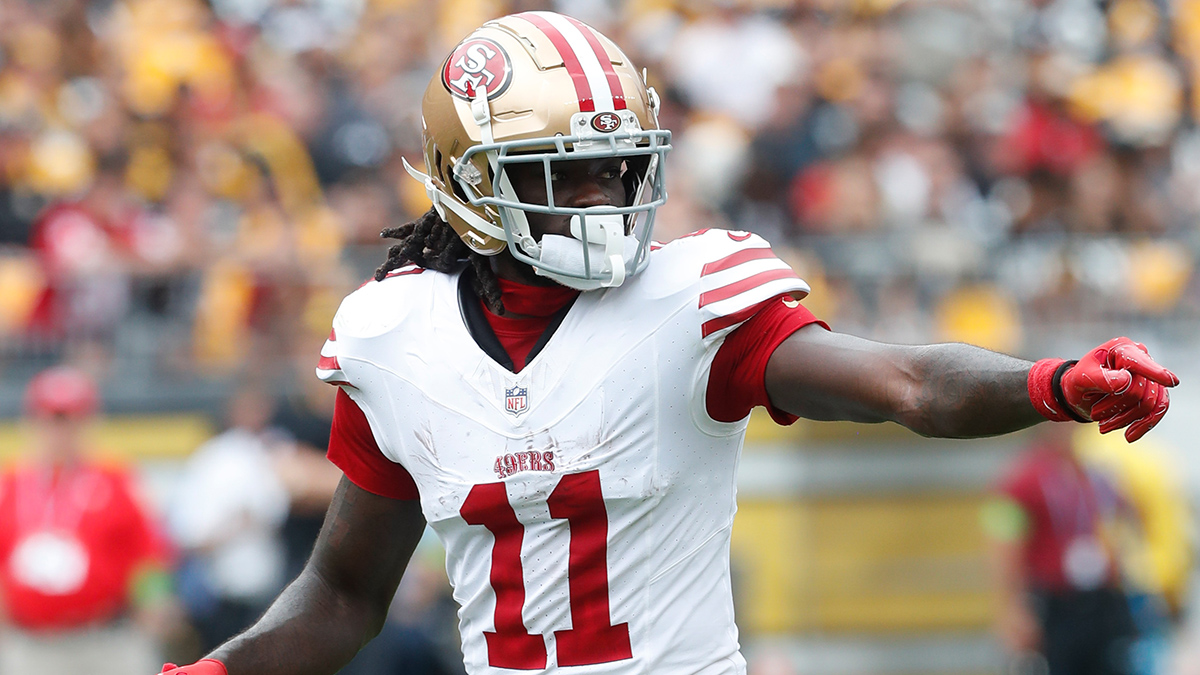
FOXBORO -- As Tom Brady approaches his 40th birthday Thursday, much continues to be made of how exactly he's able to maintain his level of play and avoid the pitfalls of aging that befall most other quarterbacks.
It's the diet. At least that's part of it. Limit the sugar. Limit the alcohol. Live in the vegetable aisle. (But keep the nightshades at arm's length.) Drink enough water to fill a dunk tank.
And while some of Brady's teammates seem to have bought into the plan to some extent -- Rob Gronkowski is the latest to test it out -- it's not for everyone. Patriots coach Bill Belichick said as much during a press conference on Wednesday in a long and well-reasoned answer that highlighted the player-by-player approach the team takes to nutrition.
Belichick was asked, "Would you recommend [Brady's] diet and workout plan to other players on your team?"
"Well, we tailor everything we do to each individual, so we train players that are 185 pounds, we train players that are 350 pounds," Belichick said. "We train players that have a lot of different things they do on the football field. Some are very specific, like specialists, like quarterbacks, kickers, snappers, things like that. Some players have a very extensive role – special teams, offense or defense, first, second, third downs – so we have different training programs.
"And again, each individual is different – their age, their physical makeup, their build and their strength and explosion and power and so forth. You know, we have a certain general way of training everybody, but it really becomes pretty specific depending on the individual and what we ask them to do. So, we don’t want to train a player to do something that we’re not going to ask them to do. Unless it’s just part of the general training, we want to train players to do things that fall in line with what we would see them and ask them to perform on the field.
"So, depending on what the player is, then probably his age, his experience, his physical makeup, other medical issues, if there are any, his role and so forth all is part of what we look at for each individual player. So, what’s right for one person isn’t necessarily right for the next person. Not saying it’s wrong, but maybe there’s something better we can do for the other person."
It's a fascinating conversation. Just take the example of Gronkowski trying to take on Brady's plan. Gronkowski is a 265-pound tight end who needs to be able to absorb high-impact collisions without getting injured. He also needs to be sturdy enough on the line of scrimmage to move a 300-pound defensive lineman in the running game. At his best, he has the power to stiff-arm a cornerback or safety into the turf without breaking stride.
New England Patriots
Brady's job is decidedly different, yet Gronkowski is giving his quarterback's meal plan and training regimen a shot. Gronkowski's version may contain a few of his own alterations that will allow him to maintain his strength to perform his job to the best of his ability, but he seems to have bought in.
"I look at him and he turns 40 tomorrow," Gronkowski said, "and he runs around like he’s younger than me."
When prodded, Belichick went deeper on how the Patriots take how they train players -- and how they try to prevent player injuries -- on an individual basis as well. They look at player body types and seek out imbalances. Is there, after testing, a noticeable difference in a player's left leg strength versus right leg strength? What about his left leg flexibility versus his right leg flexibility?
If there is, what does it mean? And how can they catch an injury before it happens?
"We do that type of testing," Belichick said. "If we see that there’s an imbalance, then we would try to straighten that out rather than sit in the training room until the guy comes in, and then, 'OK, here’s the problem, now we’ll try to fix it.' We try to get those things taken care of before they become a problem."
The Patriots are six days in to training camp and are already dealing with some bumps and bruises. Matthew Slater left Wednesday's practice, and Chris Hogan departed with ice on his knee. Malcolm Mitchell and Danny Amendola haven't practiced in team drills since Day 1, and undrafted rookie Cody Hollister has been out since the weekend with an upper-body issue . . . And that's just the receiving corps.
Though building plans for each individual player on the 90-man roster at this time of year is time-consuming, it's the method they've chosen. Last year's results, when the Patriots largely avoided long-term soft-tissue injuries, is as convincing an argument as any for how they do things. They believe in it, and they believe it's helping them to avoid the nagging issues -- and potentially the catastrophic ones -- that can hit a team in July and August.
"When you have a lot of new players on your team like we do," Belichick said, "then that process of finding out what it is . . . Again, doing the testing, seeing where the potential problems or imbalances may be, and I think our strength and training staff do a good job of that and try to address them. [Then] make the players aware of them so they’re working on them, and then, for the most part, we’ve been able to avoid things in that area."



